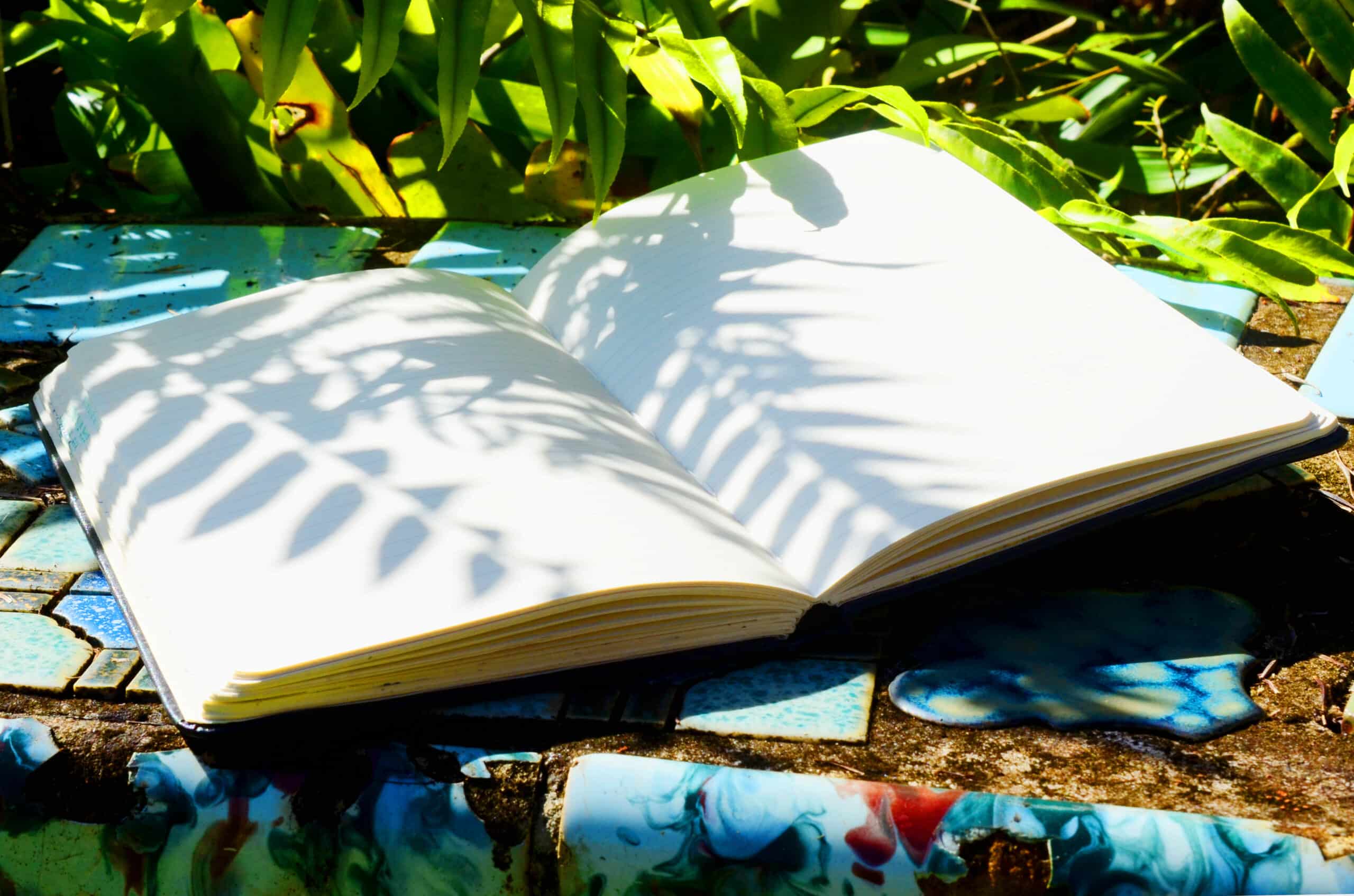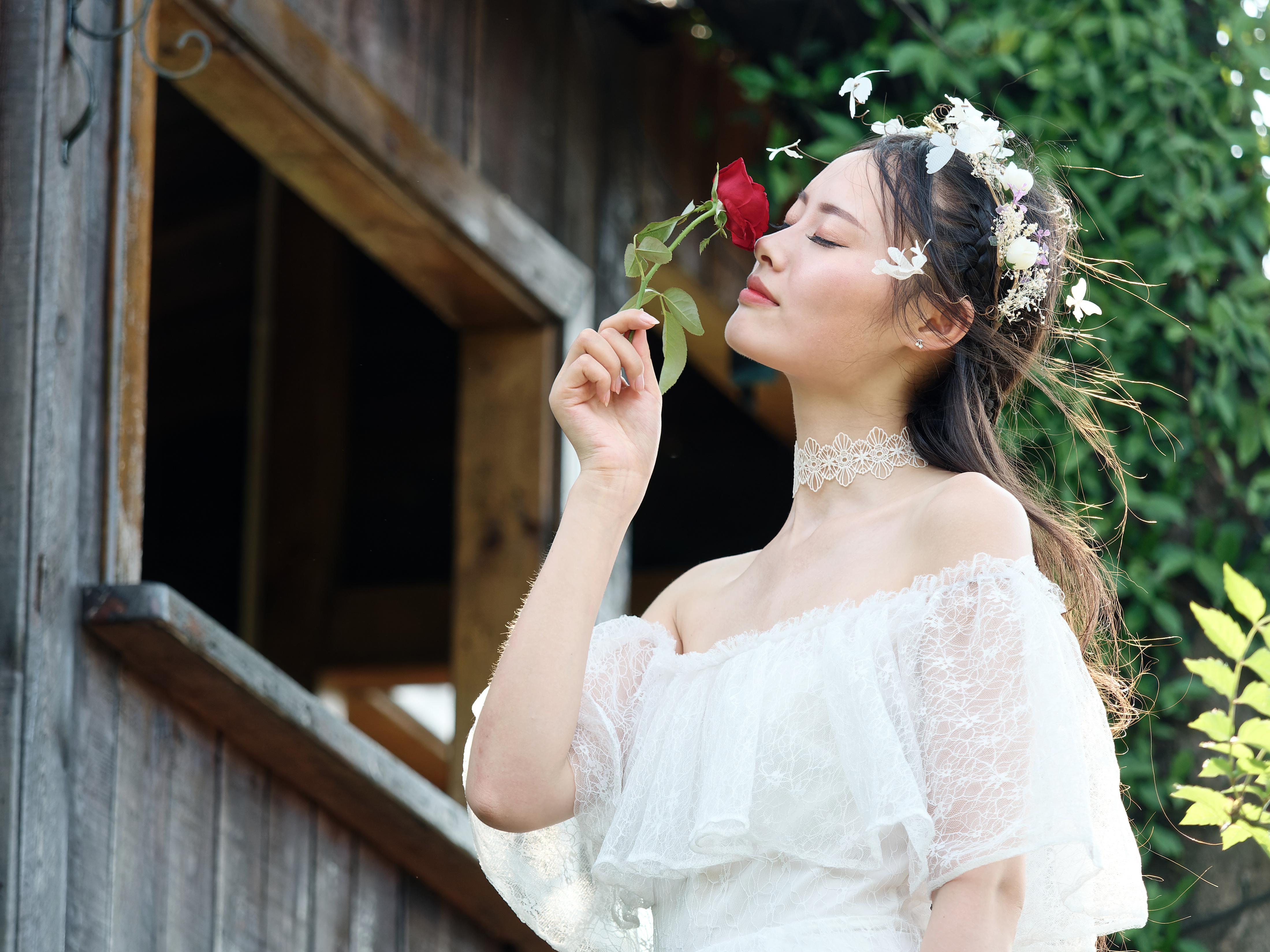Here’s what the Somonka poetry form is:
The somonka is a type of Japanese poem that actually consists of two shorter poems called tanka, a brief 31-syllable form, with somonka usually being exchanged by lovers or between two poets.
Generally speaking, the first tanka is a love poem to the second person and the second tanka is the lover’s response.
So if you want to learn all about the Somonka poetry type, then you’ve come to the right place.
Let’s get to it!
- Choka Poetry Form: Channel Amorous Emotions
- Katuata Poetry Form: Sear Hearts With Verse
- Kuota Poetry Form: Etch Shared Stories

Forms of Poetry: Somonka

The somonka is a Japanese poem form that consists of two tankas written as love poems to each other.
Traditionally this poem comes from the Japanese traditions of collaborative poetry and would be exchanged between two separate writers.
There are examples of somonka written by single authors, however, in which the author takes on the personas of both lovers.
This poem form is incredibly old, with the oldest surviving examples coming from around the 1st century AD, though it could conceivably predate even that.
Traditionally the first tanka is a declaration of love, while the second is an answer.
Japan has a long history of collaborative poems, ranging from two-person poems to extremely long communal poems.
These forms range from humble exchanges between lovers, such as in the case of the somonka, to ambitious events in which dozens of participants would take turns adding verses to a poem.
Basic Properties of Somonka

| Rhyme Structure | None |
| Meter | None |
| Origin | Ancient Japan |
| Popularity | Popular in its home region, spanning thousands of years |
| Theme | Romantic love |
How Is a Somonka Structured?

The somonka has functionally the same rules as two tanka, as you would expect.
The tanka’s main properties are that it has five lines and that the lines usually have a 5-7-5-7-7 syllable pattern, at least in English adaptations.
The phonetic units used in Japan for poems such as haiku and tanka don’t have a one-to-one translation in English, which is why we use syllables instead.
It’s also worth noting that Japanese poetry has loosened its unit requirements in contemporary poems, so designating the forms by syllable count is not entirely accurate in the modern day.
In fact, another popular interpretation of the tanka is that it is a 31-syllable poem, rather than any specific number of syllables per line.
This comes from the knowledge that a tanka was often written on a single line when put to paper.
Both interpretations are acceptable, at least for the sake of this discussion.

“Tanka” in Japanese actually translates to “short song,” so it’s worth thinking of the form as a poem meant for recitation rather than viewing.
Tanka tends to be more conversational and personal than the more widely known haiku.
Going back to the somonka, the main differences are that it is a duet of poems and perspectives, while also having a specific theme (romantic love).
Somonka are not the only intimately conversational form of poetry from Japan either, joining illustrious companies such as the similar sedoka.
Somewhat like the haiku, a tanka usually contains a sort of turn somewhere in the poem.
The somonka, and especially English adaptations of the somonka, may choose to disregard this feature though, since the somonka is meant to be a conversational piece.
Example of a Somonka

Your eyes alight me,
like a torch given a name,
embers of its own
with which to follow your gaze,
to trespass by your beauty.
If I do shine bright,
it is to lovingly watch
when you sleep near me,
admiring the peace you bring
wherever your warmth does fall.
The above example goes with the old 5-7-5-7-7 format.
While variations are increasingly becoming the norm, there’s still a sense of novelty in limiting yourself to set line lengths, so it can be fun to lean into that instead of away from it.
The second tanka of a somonka certainly doesn’t need to be in italics, but it does help to differentiate the speakers for readers who are not well-versed in the form.
A visual change using font style or color can help to signify the switch in perspective since you won’t have much space within the poem itself to clarify that two different voices are present.
In this case, the poem hinges on depictions of light, fire, and warmth.
It’s common practice in love poems to find something pleasant to compare love to in one way or another.

Keep in mind also that there are different types of love.
One couple might have a warm, comfortable love while another might have a loud, sharp dynamic.
Love takes different shapes, so use poetry to express what it means to you or your characters, specifically.
Take note that the somonka is almost always positive in nature.
While you could write a parody somonka in which the second party openly rejects the love letter of the first tanka, it wouldn’t exactly be in the spirit of the form.
Tips for Writing a Somonka

Ideally, you’ll have a second person to work with on your own somonka, since the effect is much more memorable when two different poetic voices are at play, but writing partners aren’t always easy to come by.
If you’ll be writing a somonka solo, just do your best to make the characters represented by each verse sound like different people, within reason.
The somonka itself isn’t incredibly challenging.
The hardest part is finding a novel and aesthetically pleasing way to express both a romantic confession and an answer within just 62 syllables (31 for each tanka).
Techniques such as imagery, metaphor, and personification will do wonders for the poem.
You can’t use meter and rhyme to “cheat” this form, so the individual words need to be as meaningful and powerful as possible.
In general, this means mastering the most fundamental building blocks of poetry.
The short length, in particular, should drive you to be more careful with your word choices.

Don’t compare a female partner to a generic “flower.”
Compare her to a rose or a lily or a lotus.
Don’t say that the male partner is “running” to see her.
Say he’s sprinting, galloping, or skipping.
Make sure every word has as vivid and fresh a feeling as possible.
Love remains a staple of poetry.
While it has been described and glorified and portrayed to the point of exhaustion, it’s worth remembering that none of the love poems you’ve read so far were specifically written to express your love.
The unique one-of-a-kind dynamic between the sender and recipient is just as important as the words in the poem, so don’t underestimate this form just because it’s “another love poem.”
Poet’s Note

Do you know how lonely it is to write a love poem to one imaginary person from another imaginary person, then write the imaginary answer?
I hope you all appreciate the sacrifices I make for the sake of teaching poetry.
Comprehensive Collection of Poetry Forms: Craft Words Into Art

Dare to traverse the entire spectrum of poetic forms, from the commonplace to the extraordinary?
Venture from the quintessential Sonnet to the elusive Mistress Bradstreet stanza, right through to the daunting complexity of Cro Cumaisc Etir Casbairdni Ocus Lethrannaigecht.
For those with a zeal to encounter the full breadth of poetry’s forms, this invitation is yours.
Start exploring the vast universe of poetic ingenuity with our comprehensive array of poetry forms right now!
